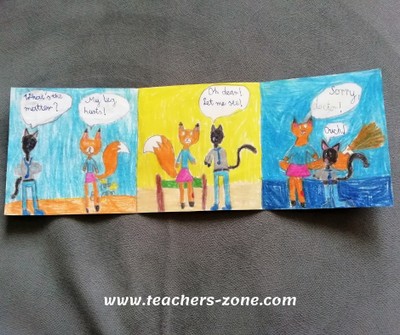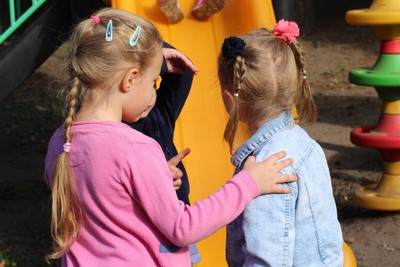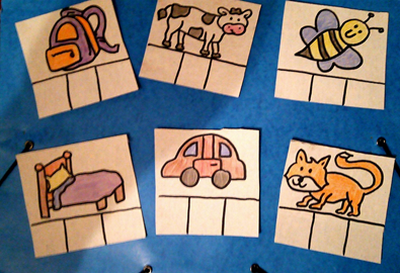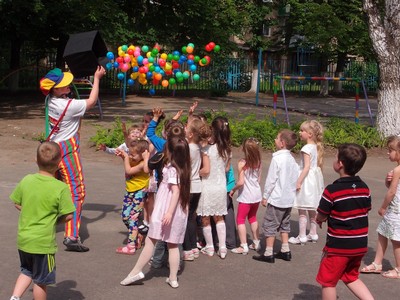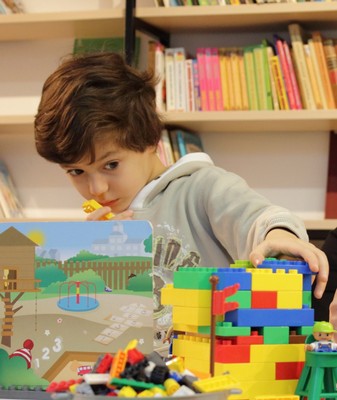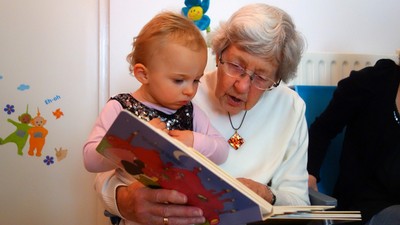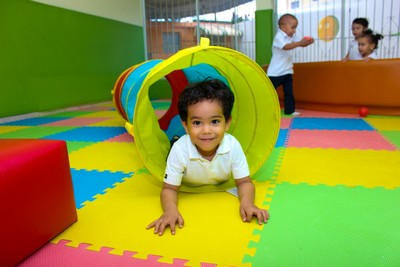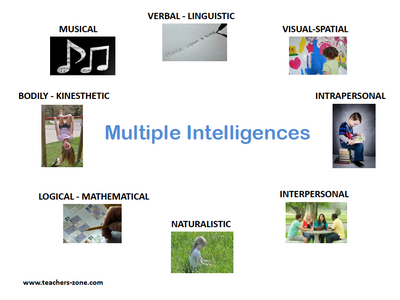by Anna Sawa

Counting songs and rhymes are fantastic teaching resources not only for children who learn to count in their own language, but also for ESL kids. Repeating the songs and rhymes over and over again students build their confidence in counting.
by Anna Sawa
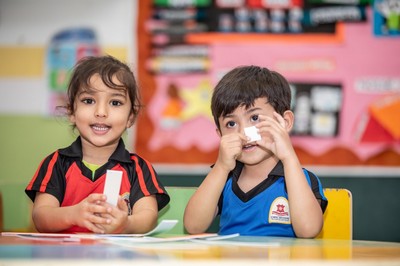
Teaching ESL students, apart from presenting and practicing new vocabulary, it is vital to revise it. The best way to commit new words and expressions to long-term memory is coming frequently back to well-known material. For instance, ESL teacher can introduce word games or the learners can read or listen again the texts have been studied before.
There are several useful and enjoyable revision techniques worth presenting here.by Anna Sawa
A vital goal of teaching a foreign language is developing students' communication skills. They should be improved gradually among ESL students in primary school. Communication activities need to be adjusted to children’s age and stage of their development. In this post you can find some methodes and techniques how to improve foreign language skills in a child-friendly way.
by Anna Sawa
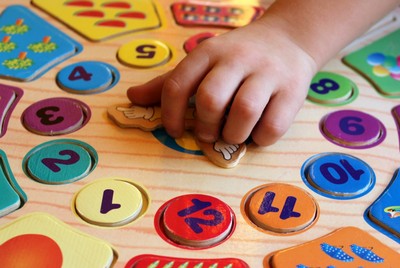
Teaching some new vocabulary to children you have to be sure that they will be able to use them properly. At first new items need to be introduced. Then it is necessary to give ESL children lots of possibilities to practise vocabulary. And finally, do not forget about consolidation of the knowledge by frequent revision.
by Anna Sawa
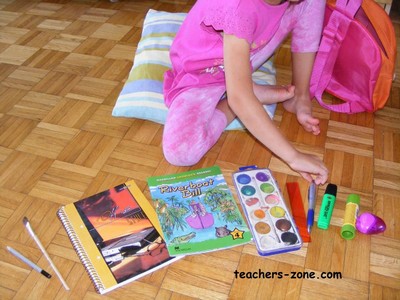
Every student in EFL classroom learns in a unique way. Learning style means that different people receive and process information differently. The basic types of learning are visual, auditory and kinesthetic. However, every student may have a combination of learning styles and strategies or only one dominant way of foreign language assimilation.
by Luis PW

Content and language integrated learning, more commonly known as CLIL, is a term coined in 1994 and originally defined as a set of educational methods which aim at teaching a subject in a foreign language, thus bearing a dual focus: learning the contents of a subject and a foreign language, simultaneously. Since then, many authors have strived to further define what CLIL means, as well as to gain further insight into what it implies.
by Anna Sawa
